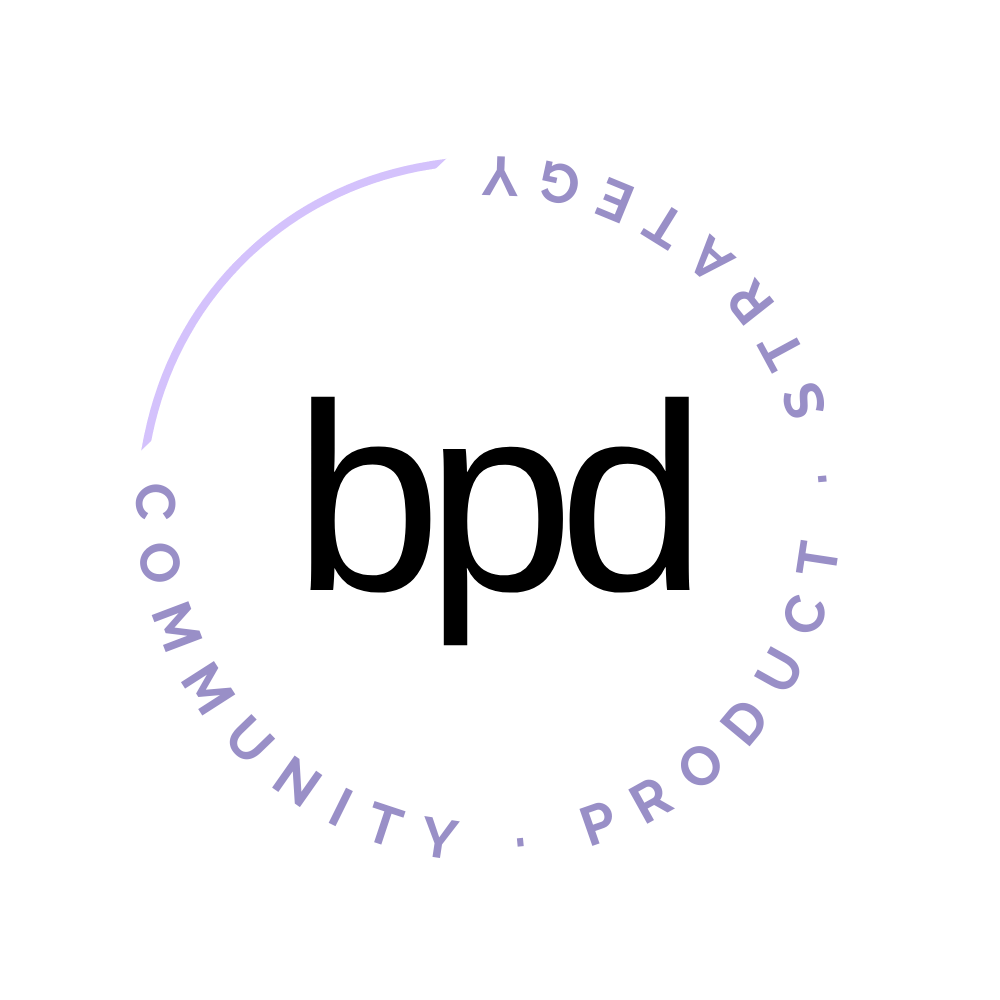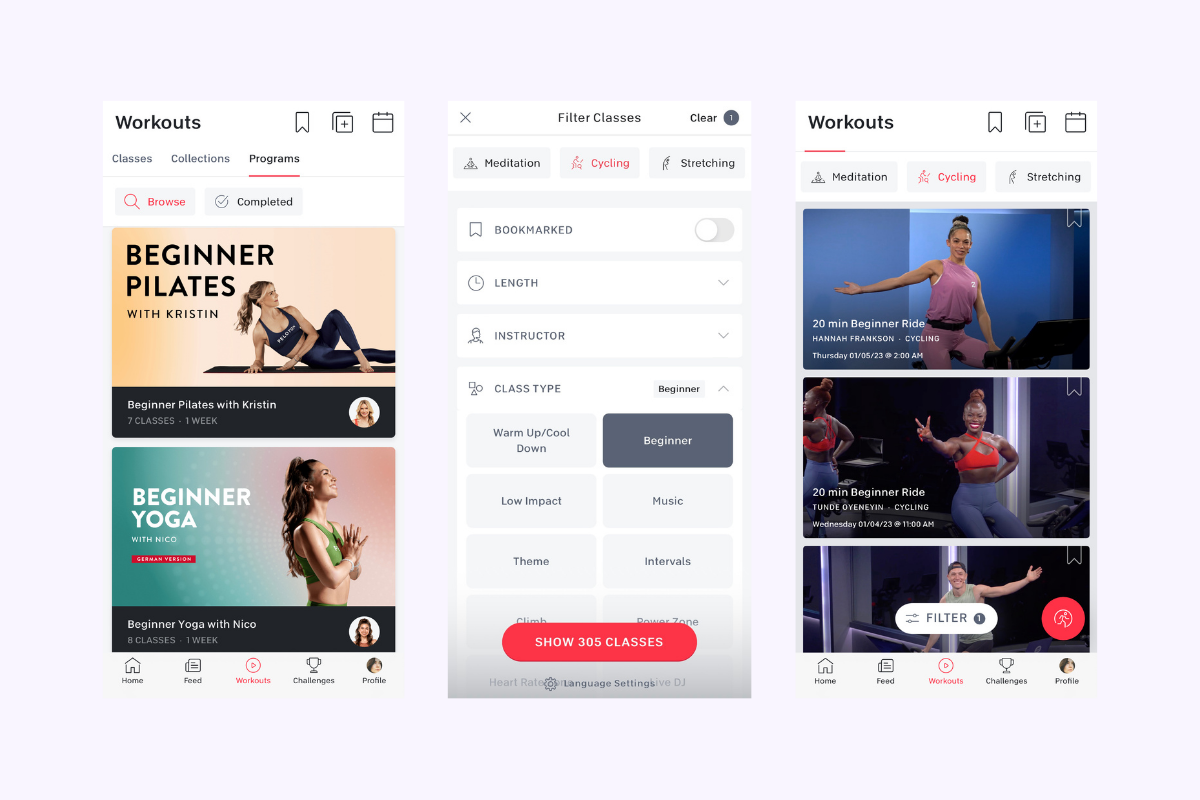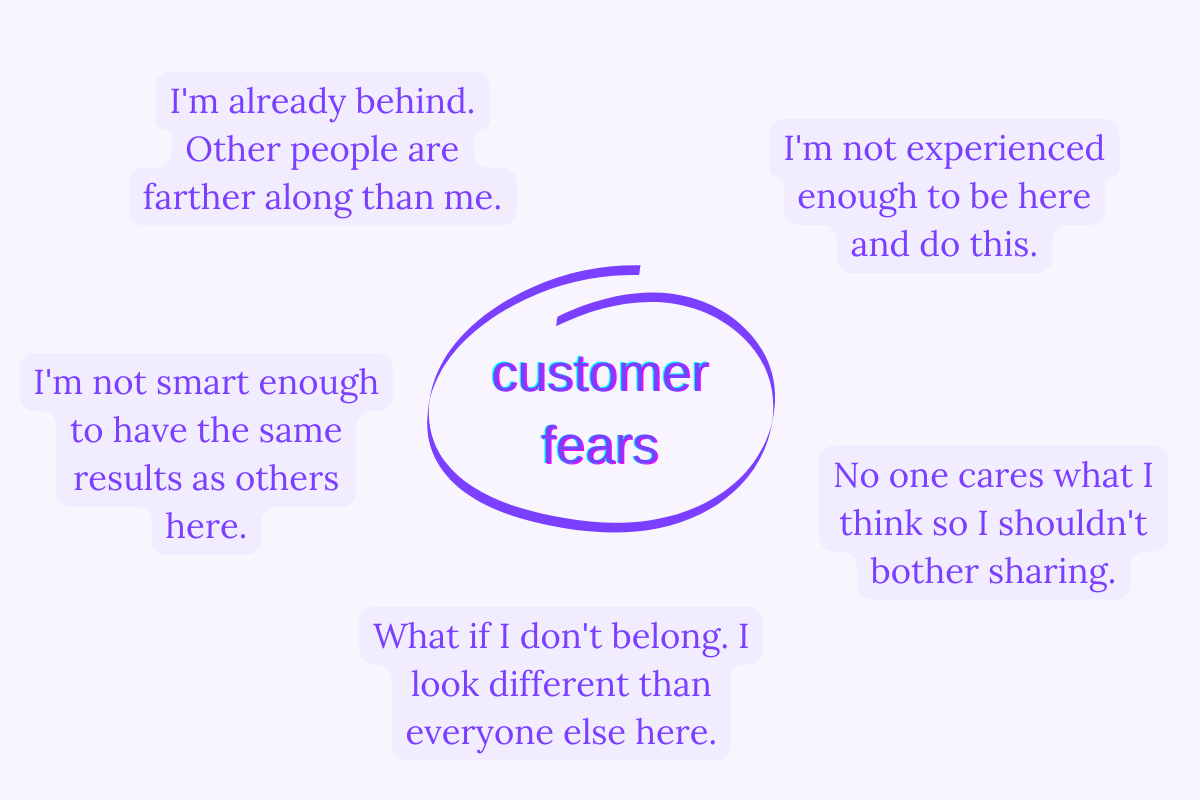#05 It’s Giving “I Feel Safe Here”
The feeling “I feel safe here” is one of the most important sentiments of the human experience. And the level of safety we feel is what drives us to live out our lives each day by hiding, following orders, leading or contributing.
Alla Weinberg, author of A Culture of Safety, writes in her book about the impacts to our brain when we sense real or imagined danger.
“If the primitive brain registers a threat, our rational brain quiets down and our operating IQ drops to between 50 and 70 points. This is half of the operating IQ when we are in a calm state, which is between 100 and 120. Half.”
According to Weinberg, when we don’t feel safe we enter survival mode and when we are in survival mode we lose the ability to think, collaborate, or be creative.
We’ve heard about the importance of creating psychological safety in the workplace to inspire creativity and collaboration with our teams. What if we also focused on creating safe experiences within the products we build? I believe we’d see positive mental health impacts and improved business outcomes.
When people feel safe, they stay and they invite their friends. Sure, as claimed in The Social Dilemma, you can’t anticipate ALL mental health impacts of a product decision. But we can do our best to make safe corners of the internet by creating experiences mindfully.
Safety is pivotal in creating a great culture, and a great culture is required for a community-product to be successful.
Fears & Objections
In marketing you consider your customer’s objections to identify the marketing strategy for your product. Marketers answer the question: What fears do prospects have and what objections do they need to overcome in order to buy the product? This exercise informs your messaging.
We don’t talk about fears much post-purchase. In user experience design we’ll talk about understanding behaviors and problems all day long. We don’t specifically address fears.
A feeling of safety is just that– a feeling. It’s difficult to measure and each person’s feelings are different because of their unique experiences and personal traumas… so how can we possibly design for safety?
The onboarding process for joining and establishing a habit of using a product is pivotal for creating a feeling of safety and a great culture.
Peloton does this by having instructors use phrases during classes like “You Belong” and “If you’re new here then welcome to the family.” Peloton also tags individual classes as ‘beginner’ and has programs for beginners so that a newbie feels safer– that they can handle that class and that it’s for them. Peloton is able to reduce the fear of taking the first class which is a big step in engaging with the product and becoming a happy, loyal customer that invites their friends.
There is no shortage with over 300 beginner classes just for their cycling category.
Jay Clouse, creator of The Lab (affiliate), has created a culture of safety through the design of his onboarding experience. He provides new members with a 1:1 session to get to know them, a clear roadmap of steps to follow to join the conversation and an introduction space that is always buzzing with feel-good welcoming energy. New members, who could otherwise be overwhelmed with content and new faces, are held by not only Jay but the other members as well. This onboarding experience gives members immediate opportunities to feel safe and welcomed.
Jay’s Welcome to The Lab landing page
I’d be remiss not to mention that I am forever inspired by the members of bossbabe who show up to calls, volunteer for hot seats and share their deepest vulnerabilities and challenges in their lives and business. I believe they do so because we have created a space where people feel safe, accepted, welcomed and supported.
How to make a safer product experience by starting with a fear map
When trying a new product or joining a new membership it is scary to make the first move, ask for help and share ideas. Don’t be fooled by the 5/100 confident extroverts. In UX we talk about being careful not to only listen to the loudest customers but seek out the quiet ones as well. This is important for the depths of understanding the fears of the majority.
When designing a new experience or evaluating your current product start with a fear map. What might customers be afraid of that are holding them back from engaging or interacting?
A mind map is a great tool to get started.
Now that you’ve identified the fears, ideate ways you could make your customers feel safer. With all the frameworks in the world, this one is extremely worthwhile to improve your product experience, your customer satisfaction and the bottom line of your business.
I’d love to know if you tried this exercise and what came up for you. If you’re subscribed to my newsletter go ahead and hit reply! If you’re not subscribed yet, you can do that here.




